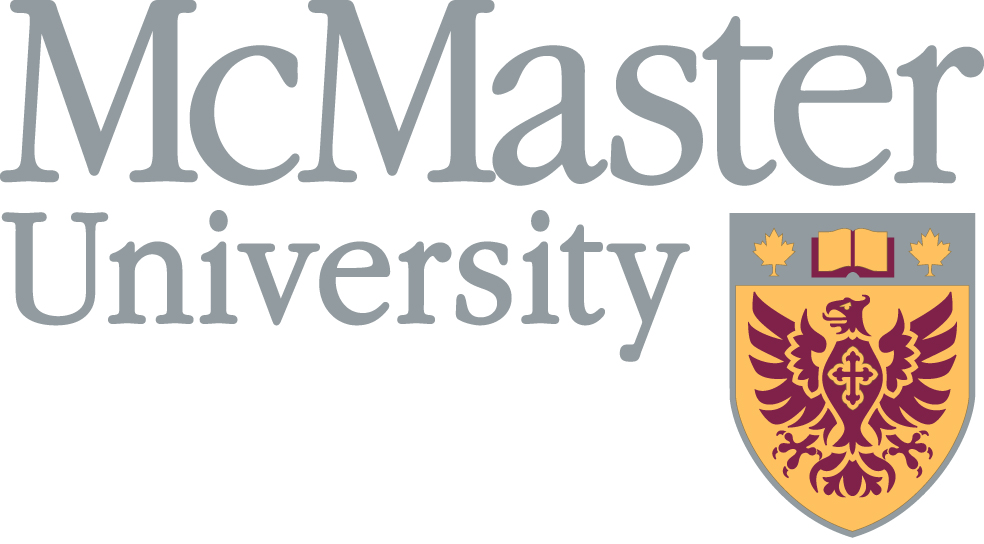2014 CMS Winter Meeting
McMaster University, December 5 - 8, 2014
[PDF]
- ROBERT BEIKO, Dalhousie University
When Phylogenetic Trees Can’t Agree: Building a coherent network of microbial gene sharing [PDF]
-
Just as it is possible to represent the branching relationships between organisms using a phylogenetic tree, we can also build trees for all the genes contained within a set of organisms. However, microorganisms can readily acquire genetic material from other microbes, even from donors that are distantly related. This process of lateral gene transfer or LGT allows microbes to exploit new opportunities in their environment, and can change the way they interact with other organisms including host organisms such as humans. In phylogenetic terms, LGT events often lead to topological differences between trees of microbial species and trees of the genes contained within their genomes. Many gene trees will disagree with each other as well, and different genes will be found in different subsets of microorganisms. How can we represent and interpret these divergent histories? Networks or graphs provide important generalizations of trees, but choosing the right data and the right representation is both critical and how to do so is not immediately obvious. We have developed methods that can reconcile trees through topological permutations that mirror the effects of LGT, and can generate a permutation path between two trees that suggests a plausible series of LGT events. These approaches allow us to appreciate the extent and impact of LGT, but there is still a need for methods that provide a clear view of evolution’s role in shaping microorganisms.
- ISAAC GOLDBRING, University of Illinois at Chicago
Monad measure spaces and combinatorial number theory [PDF]
-
A common theme in combinatorial number theory is to deduce structure in subsets of the natural numbers that are not small with respect to some density. Perhaps the most famous example of such a result is \textit{Szemeredi’s Theorem}, which states that if $A\subseteq \mathbb N$ has positive upper density, then $A$ contains arbitrarily long arithmetic progressions.
A motivating example for this talk will be a theorem of Renling Jin, which states that if $A,B\subseteq \mathbb N$ both have positive Banach density, then $A+B$ is \textit{piecewise syndetic}, meaning that there is a natural number $k$ such that $A+B+[0,k]$ contains arbitrarily long intervals. Jin’s proof uses \textit{nonstandard analysis}, and, in particular, the notion of \textit{Loeb measure}.
In this talk, we will focus on recent applications of nonstandard analysis to combinatorial number theory which rely not on the Loeb measure spaces, but rather on certain quotients of them called \textit{monad measure spaces}. After defining the monad measure spaces, we will show how a Lebesgue Density Theorem for these spaces easily yields Jin’s theorem. In addition, I will explain how, with a little more effort, one can even deduce certain quantitative versions of Jin’s theorem.
I will end the talk with recent applications of a multiplicative (or logarithmic) version of the monad measure space construction, which we use to obtain approximate geo-arithmetic structure in sets of positive logarithmic density.
Much of the work presented in this talk is joint work with Mauro di Nasso, Renling Jin, Steven Leth, Martino Lupini, and Karl Mahlburg.
- MIROSLAV LOVRIC, McMaster University
What Everyone is Talking About: Math for the 21st Century [PDF]
-
I plan to discuss several ideas and projects that have emerged as attempts at dealing with the inevitable “21st century question” in the contexts of teaching math and math education. I will mention new initiatives that we have been working on at McMaster, including our new first-year math programming course. For potential controversy, I will question (and suggest alternatives to) some of our common assumptions about teaching math, both in grade 12 high school and in university.
- LAURE SAINT-RAYMOND, ENS Paris
From molecular dynamics to kinetic theory and hydrodynamics [PDF]
-
A gas can be considered either as a large system of microscopic interacting particles, or as a continuous medium governed by fluid equations. A natural question is therefore to understand whether both kinds of models give consistent predictions of the dynamics.
In this lecture, we will focus on the validity of the fluid approximation in the particular case of rarefied gases, using kinetic theory as an intermediate level of description as suggested by Hilbert in his sixth problem. We will present landmark partial results, both on the low density limit and on the Navier-Stokes limit of the Boltzmann equation, giving an hint of the mathematical tools used to establish these convergences, and discussing the challenging open questions.
- JACQUES VANNESTE, University of Edinburgh
The atmosphere and ocean as two-time-scale systems [PDF]
-
The dynamics of the atmosphere and ocean is dominated by large-scale, slow motion with time scales of a few days or more. Faster motion in the form of gravity waves with periods of a few hours is also present, but its amplitude is typically much smaller. Nevertheless this fast motion has a determining influence on the large-scale circulation of both the atmosphere and the ocean. Because of the large time-scale separation between the two types of motion, they interact only weakly. They are not completely separated, however; in particular, slow motion continuously excites fast gravity waves through a process known as spontaneous waves generation. I will discuss how this relates to the concepts of slow manifold and balanced approximations to the dynamics, and show how exponential asymptotics provides methods to capture spontaneous wave generation in simple models.






